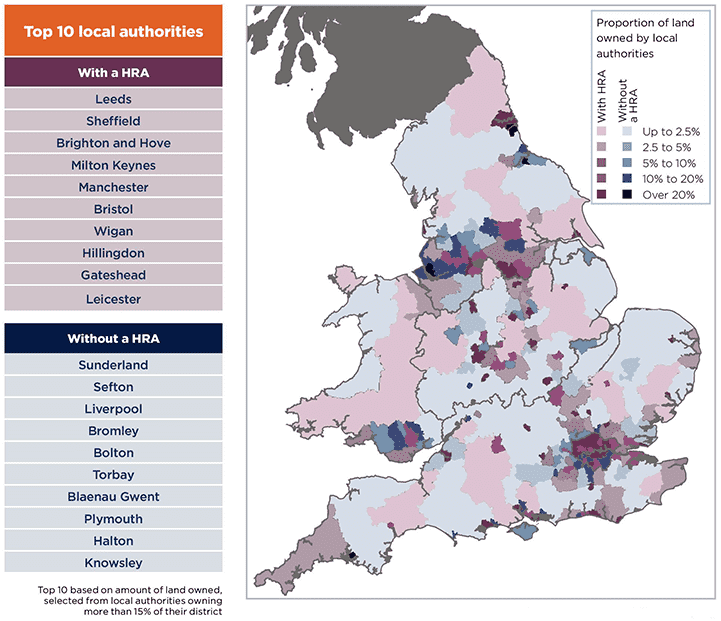Local authorities
Is this the start of a new generation of council housebuilding?
.png)
Is this the start of a new generation of council housebuilding?
In October, the Prime Minister announced that the Housing Revenue Account (HRA) borrowing cap for local authorities will be abolished with immediate effect in England. This removes one of the biggest constraints on council housebuilding.
Local authorities will now be able to borrow more money to invest in larger scale development and contribute significantly to the delivery of new affordable housing. We have estimated that councils could build at least 15,000 homes a year in the long term.
Lifting the debt cap only affects those local authorities with housing revenue accounts, about half of all councils. But there are different routes opening up for local authorities to increase their housebuilding programmes. Over 150 local housing companies have been created, for example.
The next challenge is raising sufficient capacity to fill the gap in development and construction skills. Local authorities need collaborations, joint ventures and partnerships, including with housing associations with whom they share the common interest of increasing affordable housing supply.
Local authorities are significant landowners with major land holdings in their own districts, including land with existing housing on it. The tables show the top ten biggest local authority landowners, categorised by whether they have a HRA or not. Most are active in building up their development capacity.
Many questions remain. How much local authority land is developable? Which tenures and types of housing are most needed to support economic growth? What role could estate regeneration play? But a new era of council house building could be just beginning.

Figure 7 Local authority land ownership
Source: Savills Research using HM Land Registry
2 other article(s) in this publication